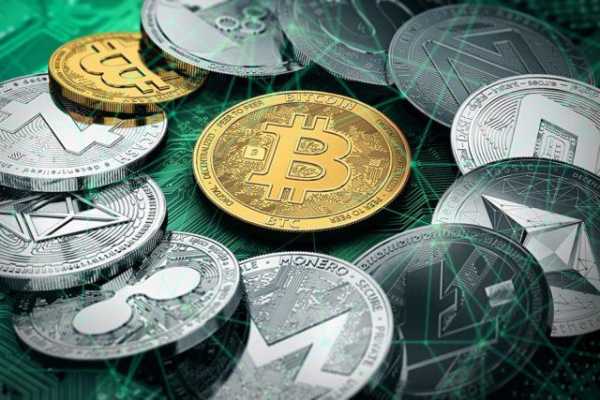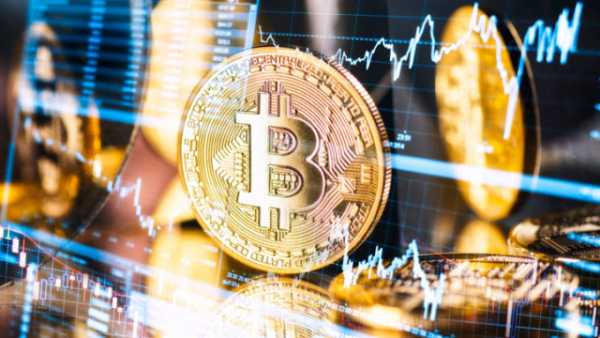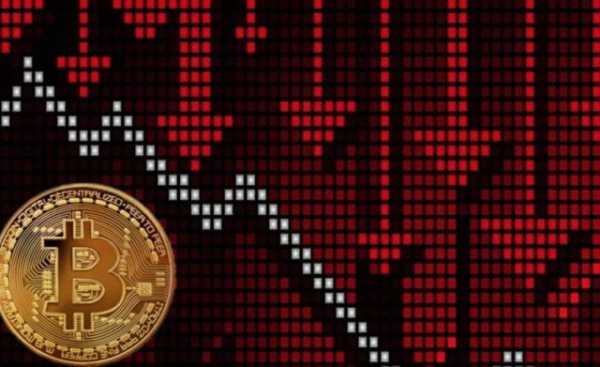Why Altcoin Season Isn't Coming

Since the beginning of 2025, experts and analysts have repeatedly promised an altcoin season, but it never came. We look into the reasons that slow down the growth of altcoins and prevent investors from switching from Bitcoin to other coins.
What's Holding Back the 2025 Altcoin Season
Bitcoin (BTC) has been leading the current crypto cycle, with its market dominance continuing to grow. In May, its share reached 65.3%, the highest since 2021. Bitcoin (BTC.D) dominance briefly dipped mid-month, but quickly recovered to reach 63.9% at press time.
At the same time, the price of BTC has risen significantly, reaching a high of $111,800 last month. Altcoin season historically begins after a Bitcoin rally, when capital flows into smaller coins. However, this time only a few altcoins have risen, and the Altcoin Season Index (Coinglass) is only 16 at press time.
Meanwhile, Arthur Hayes believes that the altcoin season will start this summer.
Willy Chuang, co-founder of TrueNorth, explained why the capital flow has not yet begun. He noted that institutional investors are largely supportive of the current Bitcoin rally, and their interest in altcoins remains low.
“BTC continues to attract buyers who view it as a ‘safe bet’; in these circumstances, capital rotation into altcoins will be weak. Moreover, structural risks such as smart contract vulnerabilities, regulatory uncertainty, and operational failures make altcoins less attractive to investors,” the expert explained.
He also noted that memecoins have performed well, but many investors now view the traditional altcoin model as structurally weak due to its high centralization and the risks associated with project teams.
Gustavo H., senior business development specialist at Kairon Labs, agrees, noting that Bitcoin's rise is primarily due to the influx of institutional investment and clearer regulation of spot ETFs.
Gustavo explained that ETF trading volumes are driving liquidity into Bitcoin, increasing its market share and reducing the liquidity of altcoins. This leads to widening bid-ask spreads, making large investments in small assets less attractive and further cementing Bitcoin's dominance.
“Spot ETFs give investors direct exposure to BTC; in previous cycles, altcoins were used as a proxy. Institutions continue to increase their BTC positions, so the rotation timer has effectively been reset,” Gustavo added.
Both experts also noted the sharp increase in the number of new tokens, with Chuang stressing that this is diluting capital and distracting investors.
“Liquidity is now spread thinly, but 98% of the total market cap is still concentrated in the top 100 coins, highlighting how little capital is flowing to new projects. Low switching costs encourage traders to chase short-lived stories, and many founders are looking for a quick price jump rather than long-term value. This suppresses capital flow,” Gustavo added.
Why the 2025 Altcoin Season Is Still a Real Thing
Despite all the circumstances, experts are confident that altcoins still have a chance for a successful season.
“All indications are that the altcoin season is not cancelled, but simply delayed,” Chuang noted.
He believes that the current trend of Bitcoin is likely to continue in the near future. However, altcoins may revive after the end of the quantitative tightening (QT) cycle and the beginning of a new quantitative easing (QE) cycle.
“A delay is more likely. Once BTC enters the range, the risk appetite will change,” Gustavo emphasized.
Gustavo believes that the market will eventually reward teams that have truly found their place. He also confirmed that once demand for ETFs stabilizes and Bitcoin volatility decreases, capital will flow into riskier assets.
MEXC COO Tracy Jin noted that the first signs of this process have already appeared. The increase in altcoin ETF applications, as well as the trend of altcoin treasury strategies among corporations, indicate growing institutional interest in alternative coins.
“The sharp changes in ETF flows are one of the clearest signs of capital movement in the market. Ethereum ETFs have seen capital inflows for 11 days in a row, totaling over $630 million. Meanwhile, Bitcoin ETFs have seen capital outflows for three days in a row, losing over $1.2 billion,” Jin said.
MEXC's COO noted that for a true altseason to happen, Bitcoin's dominance needs to fall further. Despite the current recovery in risk appetite, Bitcoin still commands a large share of the market.
“In the current market cycle, Ethereum is clearly leading in capital inflows. Other coins such as XMR, ENA, HYPE, AAVE, and ARB are also doing well,” she added.
Jin notes that when Bitcoin consolidates at high levels, altcoins have a chance. Bitcoin has held above $100,000 for 25 days in a row, which suggests that the real altcoin season is just around the corner.
“If the current momentum in the altcoin space continues and institutional interest grows, we could see some high-potential coins surge in the coming weeks,” Jin predicts.
Key Takeaways: Altcoin Season 2025
- Bitcoin dominance reached 63.9% with a historical price maximum of $111,800, which is holding back the growth of altcoins – the altseason index is only 16 points.
- Institutional investors favor Bitcoin as a “safe bet,” and spot ETFs are pulling liquidity away from altcoins, strengthening BTC’s market dominance.
- The first signs of capital flow have already appeared : Ethereum ETFs have attracted more than $630 million in 11 days, while Bitcoin ETFs have lost $1.2 billion in three days.
- Experts believe that the altcoin season is not cancelled, but only delayed – it may begin after Bitcoin stabilizes and the quantitative tightening (QT) cycle ends.
- The key difference from previous cycles is that for the first time, a potential altcoin season could see significant institutional capital participating, which could amplify market movement.
Источник: cryptocurrency.tech



